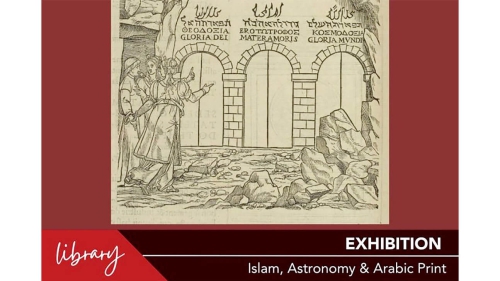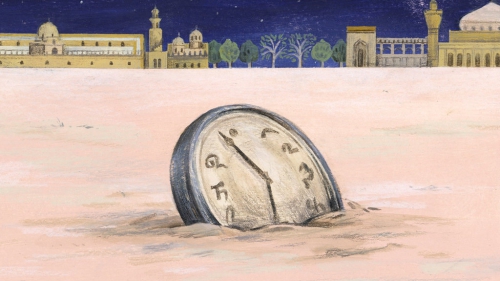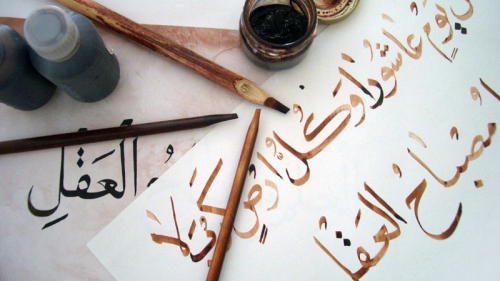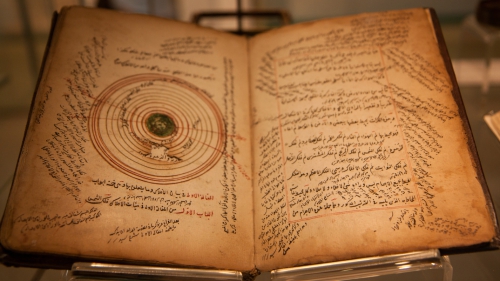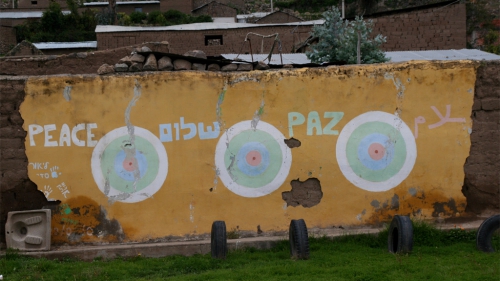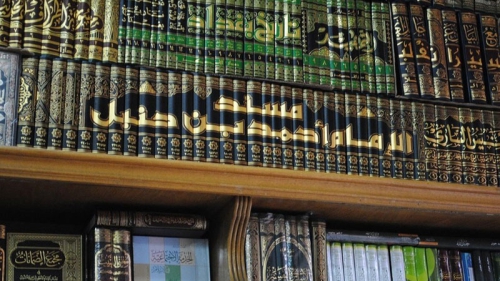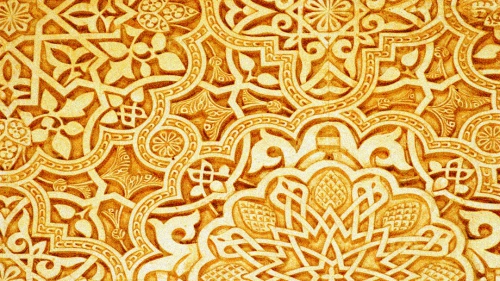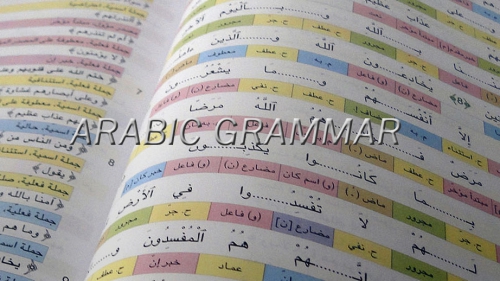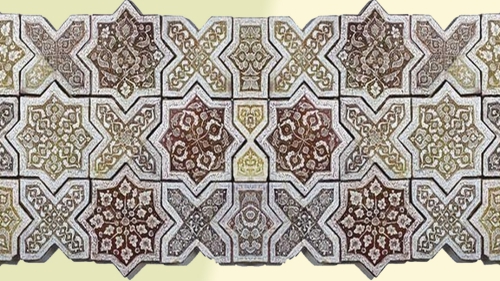Arabic numbers
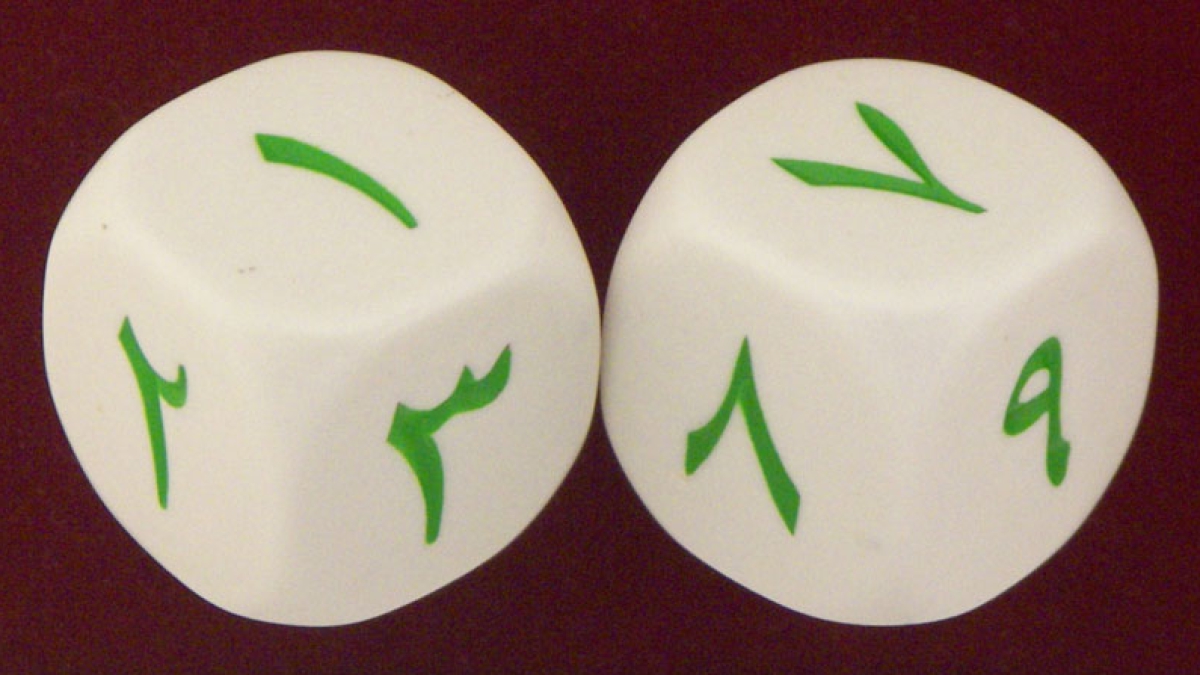
The system of numeration employed throughout the greater part of the world today was probably developed in India, but because it was the Arabs who transmitted this system to the West the numerals it uses have come to be called Arabic.
After extending Islam throughout the Middle East, the Arabs began to assimilate the cultures of the peoples they had subdued. One of the great centers of learning was Baghdad, where Arab, Greek, Persian, Jewish, and other scholars pooled their cultural heritages and where in 771 an Indian scholar appeared, bringing with him a treatise on astronomy using the Indian numerical system.
Until that time the Egyptian, Greek, and other cultures used their own numerals in a manner similar to that of the Romans. Thus the number 323 was expressed like this:
Egyptian 999 nn III
Greek HHH III
Roman CCC XX III
The Egyptians actually wrote them from right to left, but they are set down above from left to right to call g attention to the similarities of the systems.
 The Indian contribution was to substitute a single sign (in this case meaning "3" and meaning "2") indicating the number of signs in each cluster of similar signs. In this manner the Indians would render Roman CCC XX 111 as: 3 2 3.
The Indian contribution was to substitute a single sign (in this case meaning "3" and meaning "2") indicating the number of signs in each cluster of similar signs. In this manner the Indians would render Roman CCC XX 111 as: 3 2 3.
Photo: Modern Arabic (western); Early Arabic (western); Arabic Letters (used as numerals); Modern Arabic (eastern); Early Arabic (eastern); Early Devanagari (Indian); Later Devanagari
This new way of writing numbers was economical but not flawless. The Roman numeral CCC II, for instance, presented a problem. If a 3 and a 2 respectively were substituted for the Roman clusters CCC and II, the written result was 32. Clearly, the number intended was not thirty-two but three hundred and two. The Arab scholars perceived that a sign representing "nothing" or "nought" was required because the place of a sign gave as much information as its unitary value did. The place had to be shown even if the sign which showed it indicated a unitary value of "nothing." It is uncertain whether the Arabs or the Indians filled this need by inventing the zero, but in any case the problem was solved: now the new system could show neatly the difference between XXX II (32) and CCC II (302).
If the origin of this new method was Indian, it is not at all certain that the original shapes of the Arabic numerals also were Indian. In fact, it seems quite possible that the Arab scholars used their own numerals but manipulated them in the Indian way. The Indian way had the advantage of using much smaller clusters of symbols and greatly simplifying written computations. The modern forms of the individual numbers in both eastern Arabic and western Arabic, or European, appear to have evolved from letters of the Arabic alphabet.
The Semites and Greeks traditionally assigned numerical values to their letters and used them as numerals. This alphabetical system is still used by the Arabs, much as Roman numerals are used in the West for outlines and in enumerating kings, emperors, and popes. The new mathematical principle on which the Arabic numerals were based greatly simplified arithmetic. Their adoption in Europe began in the tenth century after an Arabic mathematical treatise was translated by a scholar in Spain and spread throughout the West.






